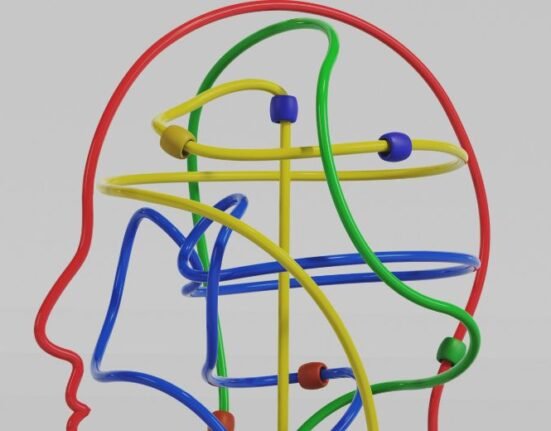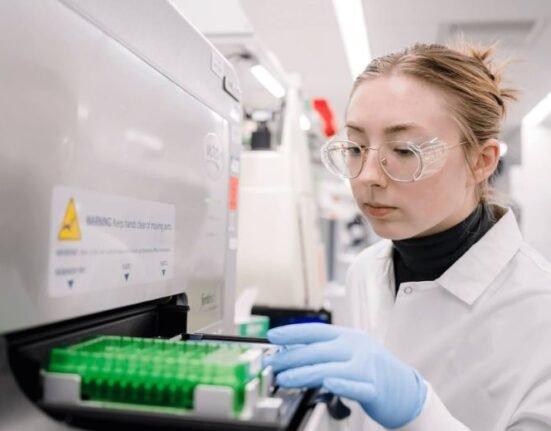By Aparna S
There is a resurgence of interest in the therapeutic potential of methamphetamine-assisted therapy in treating post-traumatic stress disorder.
The drug, 3,4-methyl enedioxy methamphetamine (MDMA), commonly known as ecstasy or molly, acts by increasing the release of the neurotransmitters serotonin, dopamine and noradrenaline in parts of the brain.
Post-traumatic stress disorder (PTSD) is a mental health condition that’s triggered by a terrifying event — either experiencing it or witnessing it.
Symptoms last for months, characterised by ‘ flashbacks’ or reliving experiences of the trauma the patients may have encountered, along with severe emotional problems, sleeplessness and anxiety.
Though there is proven efficacy for MDMA-assisted psychotherapy in PTSD, the million-dollar question remains: are we asking for trouble?
‘Persian Gulf War Syndrome’
PTSD became a mental health diagnosis in 1980, following research on Vietnam war veterans, sexual trauma victims and holocaust survivors.
Other terms attributed to the disorder include ‘Persian Gulf War Syndrome’ ‘shell shock” and “Combat Stress Reaction.’
The protocol of treatment for PTSD includes antidepressants, an anti-anxiety class of drugs and psychotherapy.
The role of MDMA in assisted psychotherapy in treating PTSD was explored in two late-stage clinical trials by Lykos Therapeutics, a corporate spin-off of the Multidisciplinary Association for Psychedelic Studies, a US-based non-profit advocacy group.
An advisory committee of the US Food and Drug Administration rejected the therapy using the party drug MDMA early this month.
Schedule 1 drug
The advisers voted 10-1 against the overall benefits of ecstasy in the treatment while nine of the 11 members said the data available so far did not prove the effectiveness of the drug in PTSD patients.
MDMA was developed in 1912 accidentally while researching for a vasoconstrictor and was then called methylsafrylamine.
Although it was used for treatment by some psychiatrists, by the 80s, abuse emerged as a serious issue, and the drug was listed as a Schedule 1 drug — one with high abuse potential and no valid medical use.
Later in 1990, the FDA approved research for exploring the therapeutic potential of the substance for the first time.
The move, neurologists thought, would significantly help PTSD victims as it reduces their negative emotional states. The drug also eases establishing a therapeutic rapport and enables patient communication which is otherwise difficult in PTSD victims.
Where is the problem?
‘Dose is the poison’
The problem is in “dose is the poison.” The same “feel good hormones” and altered neurochemistry, which is a problem solver in PTSD, is exactly the reason why the drug is scheduled. This is one of the reasons why FDA rejected the drug.
In addition to its abuse potential, MDMA is proven to have several neurotoxic and cardiotoxic effects. It can also exacerbate some already existing mental health issues as well.
While the results are promising, a word of caution regarding safety. The use must be strictly therapeutic and under clinical monitoring.
MDMA-assisted psychotherapy is a breakthrough in the treatment of PTSD, but without proper monitoring and documentation, we are inviting trouble.
It all finally comes to the risk vs benefit balance. MDMA-assisted therapy has been weighed down by the former.








